
Some see the arrival of cameras such as these as indicative of camera companies responding to the market by taking on smart phones as a camera to take everywhere.
While phone cameras are damned useful and most of them take pretty decent images, they fall down in many respects.
Some, but not all, fall down in low light, with little access to high IOS settings; many disallow precise control of the lens aperture, enabling low light photography and/or control of depth of field; a similar story can be told of shutter speed control, preventing sharp images of fast moving objects; extended zooms are rare in smart phone cameras; battery life may be foreshortened due to excessive phone use.
But we’re not here to bash smart phones … god love ‘em!
Back to the review.
As usual, I started firing off with not a peek in the manual. OK for a few shots, then the screen blacked out!
Messing about with the buttons I found I had encountered one that accidentally canned the display. Dumb!
The DP3 Merrill looks like a bread-and-butter digicam in its all black livery with very few external controls, each id’d by clear white text. And little else.
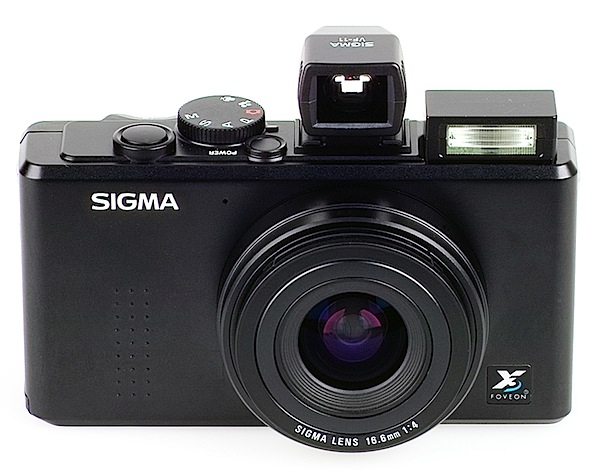
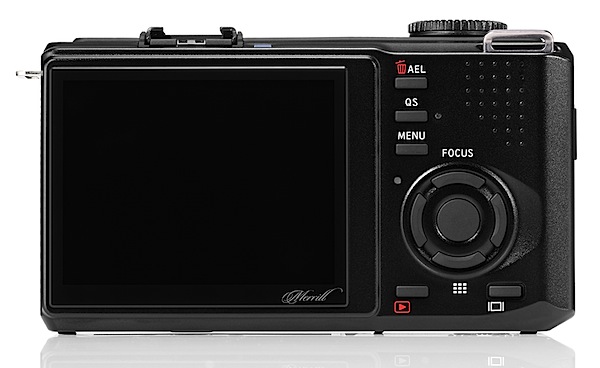
Controls
Top deck: flash hot shoe, button for mode selection and shutter plus a command dial that allows alteration to diaphragm, shutter speed and menu.
Rear: a button for AEL (exposure lock), doubling for trash; a QuickSet button that accesses commonly used functions like ISO, flash mode, metering and drive modes; the menu button which takes you into the not over-loaded menu options; the four way controller selects picture settings (contrast, sharpness, saturation) and focus pattern; replay; display on/off and other options.
If you want to select Program or shutter or aperture priority you tap the mode button. Simple!
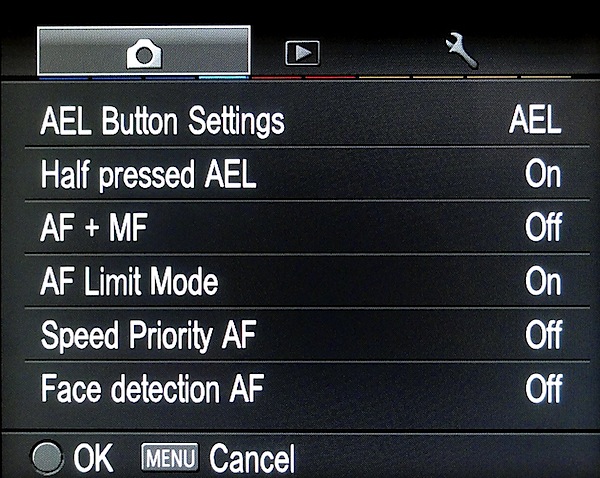
Sigma DP3 Merrill Features
The big headline with this camera is its Foveon X3 sensor that captures 46 million pixel still images. See below for an explanation.
The maximum image size is 4704×3136 pixels or 40x27cm as a printed image.
Video: A tiny 640×480 MPEG movie clip at 30fps. This camera is surely not for making movies.
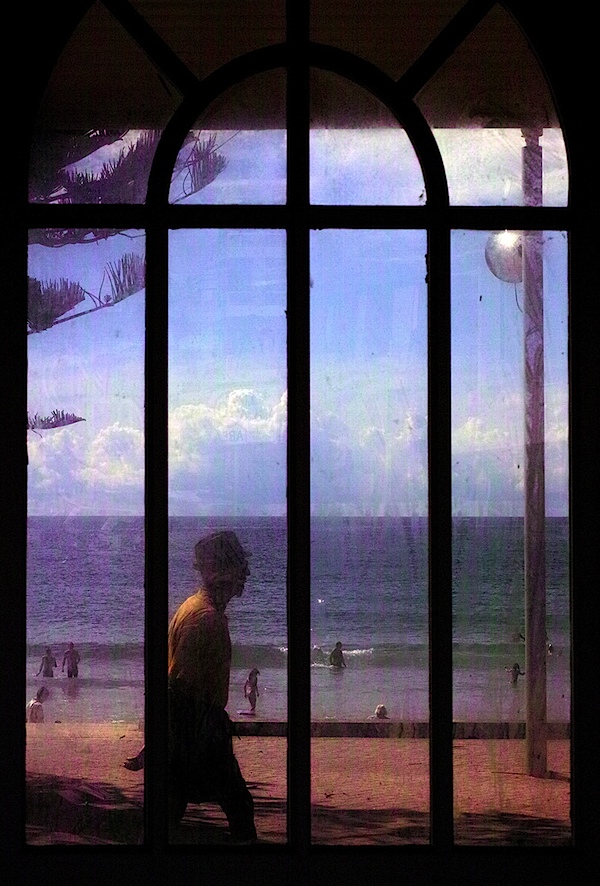

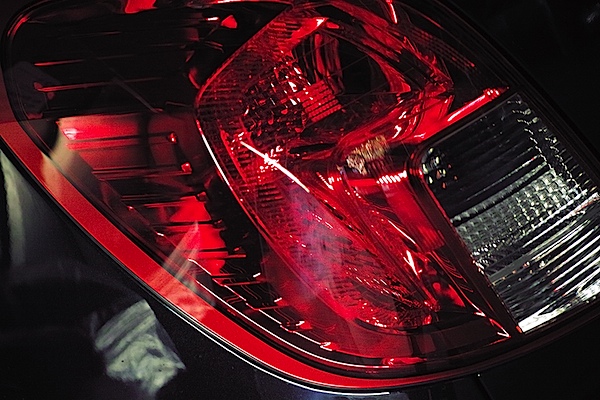
The fast f2.8/500 lens has a 35 SLR equivalent of 75mm, so it’s an ideal beast for shooting portraits, not general scenery. Macro? Ideal!
A large buffer memory enables the camera to capture up to seven RAW images per sequence in continuous shooting mode.
Auto focus has a multi point select mode that selects the desired focusing point from nine different frames and a free move mode that can move the desired point to any spot. Manual focus is also available by using the focus ring for focusing — just like an SLR!
Startup Time
It was three seconds after power was applied that I could take the first shot; follow-ons came in at a little over a second apart. Not fast!
Distortion
No problems.
Sigma DP3 Merrill ISO Tests
Now here is where the walls fall down!

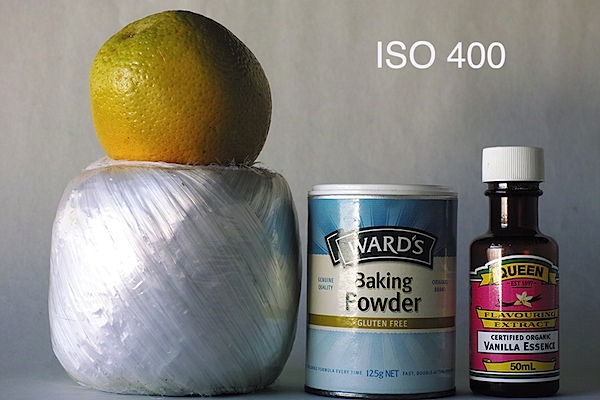

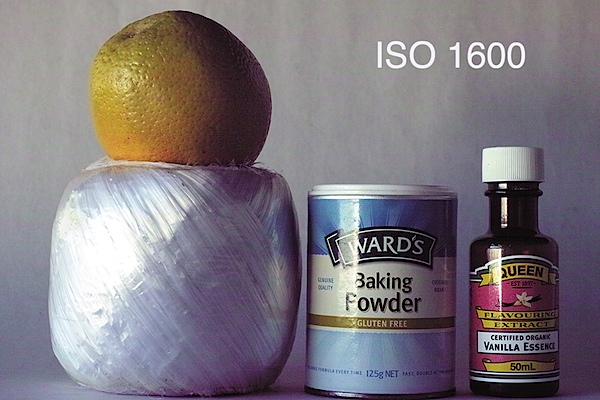


My tests ran from ISO 100 to ISO 6400. On running the images on screen it was apparent that images in the range ISO 100 to 800 had no problems but when ISO 1600 was reached, a blue cast appeared.
Worse still, the ISO 3200 shot displayed even more problems, which became more severe at ISO 6400: these were noise, desaturation of the image and the appearance of horizontal ‘tracking lines.’
The camera’s selling agent was asked about this oddity and replied: ‘I have attached a few photos taken with the DP2 Merrill. You will note a similar pattern appearing on the photos as the ISO increases. This is seemingly a limitation of the Foveon sensor.
‘The most effective range of the camera that we have been able to ascertain is between 100 and 800.
‘I hope this sheds some light on the situation.’
‘The latest version of Sigma’s Photo Pro 5.5.1 software can correct some of the colour noise and further processing can help too.” Download at http://www.sigma-sd.com/download/photopro.html
‘When using the Sigma Photo Pro software you will notice that the initial image (in the RAW .X3F format) gets a lot crisper and the colour will correct to some extent when the software has rendered the image.
‘Further processing with Lightroom/Photoshop etc can reduce some of the noise.
‘But again, the camera’s effective ISO range is generally between 100-800 and this works across the current range [of cameras] and a lot of the older range of Foveon sensors.
‘One other thing about this camera is that you will get the best performance when shooting RAW images.’
I did not take the opportunity of using the software fix; it seemed to me that the high ISO problem is something that should have been attended to in the original camera design.
I have searched the Internet and found there is some limited comment about the problem.
Not a good look!
Sigma DP3 Merrill Review Verdict
Quality: I found the colour depth to be quite outstanding; sharpness was also excellent.
Why you’d buy the Sigma DP3 Merrill: compact, good quality lens, big sensor.
Why you wouldn’t: fixed, longish focal length too restricting; slow and hesitant AF.
Without doubt, a high level camera but the ISO problem is a serious deterrent for me.
Sigma DP3 Merrill Specifications
Image Sensor: 46 million effective pixels.
Sensor: 23.5×15.7mm Foveon X3 CMOS.
Lens: f2.8/24.2mm (75mm as 35 SLR equivalent).
Metering: Evaluative, centre-weighted, spot.
Exposure Modes: Auto, Program AE, shutter and aperture priority, manual.
Shutter Speed: 30 to 1/2000 second.
Memory: SD/SDHC/SDXC/MMC.
Image Sizes (pixels): Stills: 4704×3136 to 2336×1568.
Movies: 640×480.
Viewfinder: 6.35cm LCD screen (920,000).
File Formats: RAW, JPEG, RAW+JPEG, MPEG4.
ISO Sensitivity: Auto, 100 to 6400.
Continuous Shooting: 3 fps (4 JPEGs or 3 RAW).
Interface: USB 2.0, AV, audio out, DC input.
Power: Rechargeable lithium ion battery, DC.
Dimensions: 121.5×66.7×80.6 WHDmm.
Weight: 400 (body only).
Price: Get a price on the Sigma D3 Merrill Digital Camera at Amazon.
INFO
Foveon X sensor. How it differs:
To capture the color that other image sensors miss, Foveon X3® direct image sensors use three layers of pixels embedded in silicon. The layers are positioned to take advantage of the fact that silicon absorbs different wavelengths of light to different depths. The bottom layer records red, the middle layer records green, and the top layer records blue. Each stack of pixels directly records all of the light at each point in the image.
More info at www.foveon.com
Post originally from: Digital Photography Tips.
Check out our more Photography Tips at Photography Tips for Beginners, Portrait Photography Tips and Wedding Photography Tips.
Sigma DP3 Merrill Review







